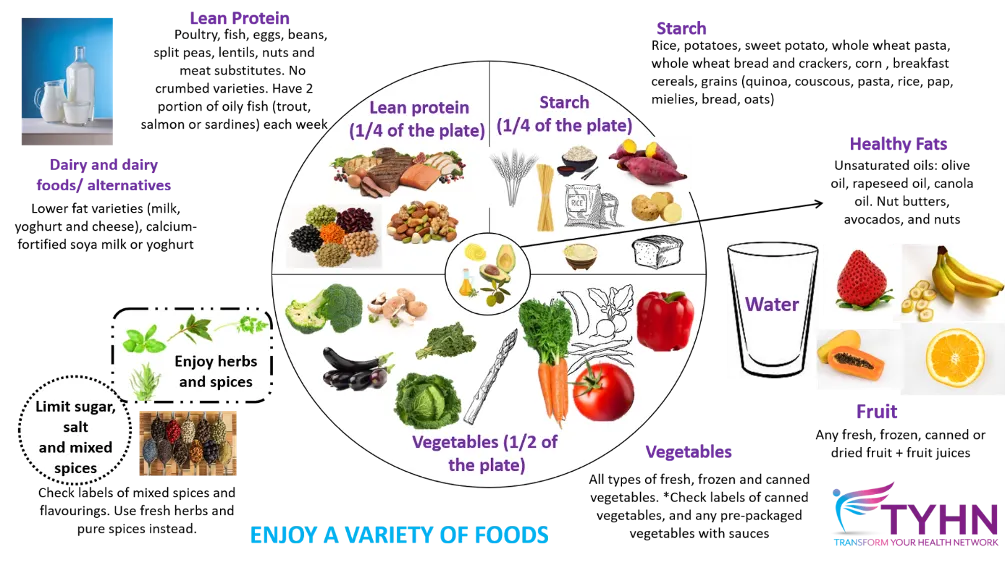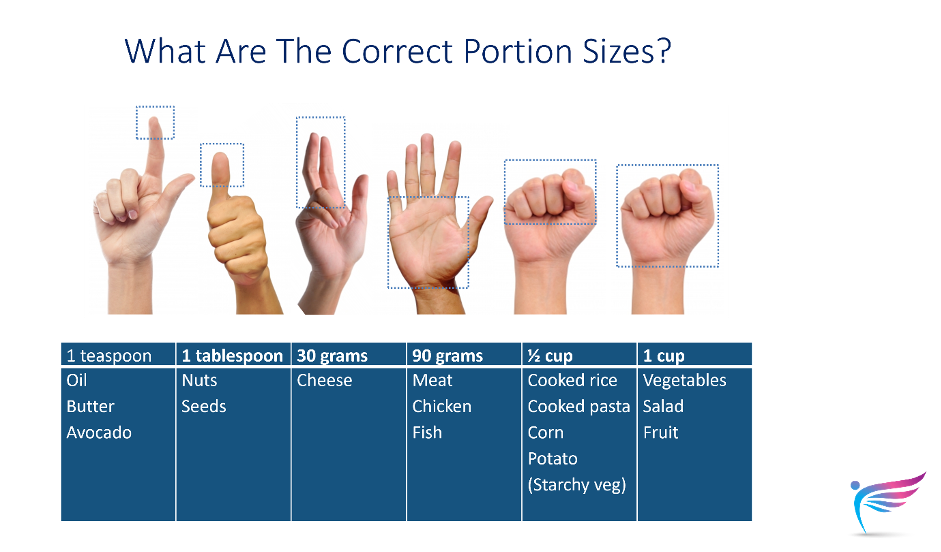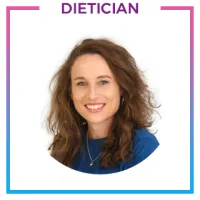
Give your loved ones the gift of good health this holiday season!
This holiday season, why not give your loved ones the gift of good health? There are so many ways to do this, and it doesn't have to be expensive or time-consuming.
The holiday season is a great time to get the family together and enjoy some delicious food. It's also a time when we might indulge and overeat.
Where are healthy eating habits formed?
• Healthy eating starts at home.
• We teach our children what and how to eat.
• Our children can learn what foods positively impact their long-term mental and physical health.
Good health starts with healthy food choices for your family. With a little creativity, you can turn mealtimes into a festive experience everyone will enjoy.
When children are exposed to healthy food from an early age, they are more likely to continue these eating habits in adulthood. Eating healthier food becomes easier when the whole family gets involved.
We need food to survive, and it's really important that we eat nutritious meals. Eating is one of our most basic needs and desires!
Did you know that the sizes of our meals have become bigger and bigger over the past two decades? The size of a standard serving of ice cream has gone up by 50% in the last 20 years, a bagel by 40%, and a muffin by 60%.
The average size of a meal that a person consumes has increased by more than 25% in the past ten years. This is known as portion distortion.
Portion distortion is when people think they are eating less food because of the size of the bowl or plate that they're using. People have been using larger bowls and plates over the past few decades, which makes it seem like they're eating less food than they actually are.
Eating larger meals is a problem that's more likely to affect children and adolescents. The average size of their meals have tripled in size since the 1960s, and they're also more likely to eat more than they should because those portion sizes are what they have become used to.
It's essential to know the difference between a healthy and unhealthy serving size, so that we don't overeat or undereat.
What should be on my plate?
Here is the plate model with the different sources of energy, building and protective foods.
• ¼ plate building food
• ¼ plate energy food
• ½ plate protective food

Here are the hand portions with the different sources of food -energy, building and protective food.


I hope this helps to give your family the opportunity to build a positive relationship with food over this festive season. And we have a Christmas gift for you… Book a FREE complimentary 30-minute appointment with a personal Dietician...
Building the family relationships around food for healthier living
Eat meals at the table. It's important to spend time with your family, so make sure at least one main meal a day is eaten around the table together.
There should not be any other distractions like TV or laptops. This will allow the family to focus on each other and what is on their plates.
Create fun shaped foods for the table:
• Make fruit and veggie platters look like holiday scenes.
• Use red and green grapes, strawberries, melon, carrots, and celery to create a beautiful Christmas tableau.
• Add some healthy dip on the side for dipping.
• Use cookie cutters to turn ordinary fruits and vegetables into Christmas shapes. Children love eating reindeer carrots or snowman cucumbers!
• Serve up healthy versions of holiday classics.
• Give traditional dishes a healthier twist by using lean meats, low-fat dairy products, and whole grain flour.
Eating at the table encourages healthier eating habits, promotes bonding, and aids social and emotional development.
Research has indicated benefits for families that eat together:
• Children of families that eat together tend to eat more fruit and vegetables and less fast food.
• Parents who participate in family dinners have higher levels of self-esteem and lower rates of depression and stress.
Avoid talking about foods as good or bad
There are some ingredients in food like sugar, fat, salt, and colouring which if taken in large amounts can be bad for your health. There are also foods that are more nutritious than others, but what's important is that your family stays healthy by eating a diet with a good mix of nutrients and avoid labelling food as “good,” “bad” or “not allowed” food.
Being too restrictive can create stress and tension around mealtimes. Most foods can fit into a healthy lifestyle within moderation. Rather refer to ‘always’ foods and ‘sometimes’ foods.
Fruits and vegetables are ‘always’ food and a great option for snacks, but you only have birthday cake ‘sometimes’ when it is someone’s birthday.
Final thought
We want to provide the best for our families and making healthier meals can go a long way. It's not always easy but small changes over time can lead to better habits. When we take small actions towards better food choices, we can be rewarded with healthier lives.
Christmas gift for you… Book a FREE complimentary 30-minute appointment with a Professional Dietician...



